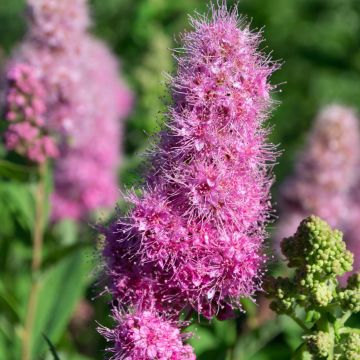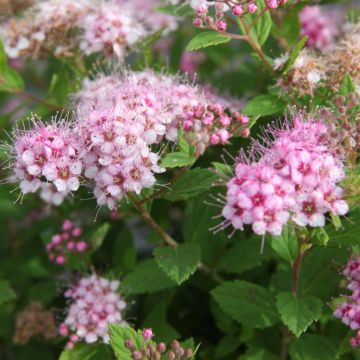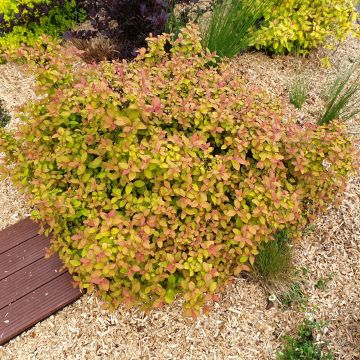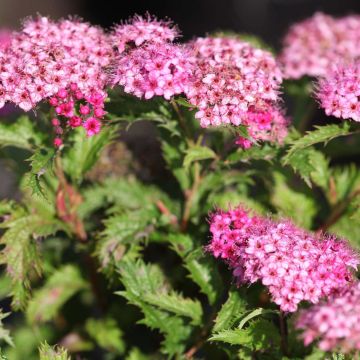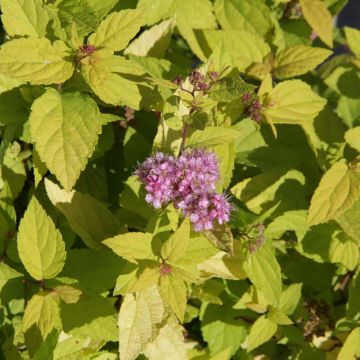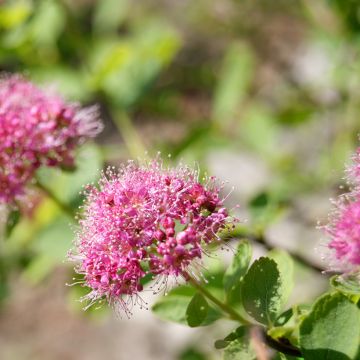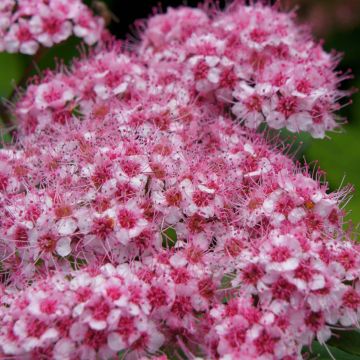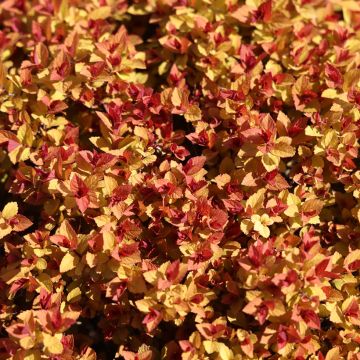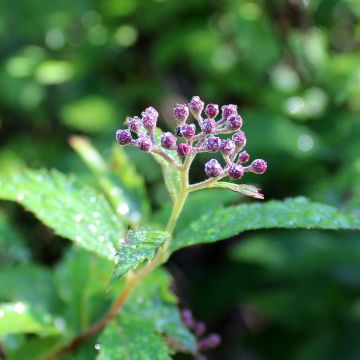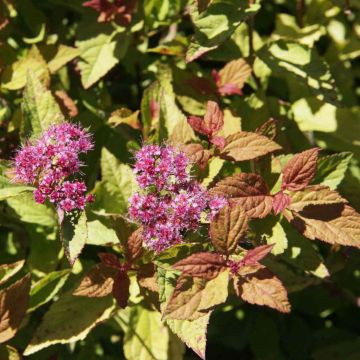Shipping country and language
Your country of residence may be:
Your country of residence is:
For a better user experience on our website, you can select:
Your shipping country:
Andorra
Austria
Belgium
Bulgaria
Canada
Chile
Croatia
Cyprus
Czechia
Denmark
Estonia
Finland
France
Germany
Greece
Hungary
Iceland
Ireland
Italy
Latvia
Lithuania
Luxembourg
Malta
Monaco
Netherlands
Poland
Portugal
Romania
Slovakia
Slovenia
Spain
Sweden
Switzerland
United Kingdom
We only deliver seed and bulb products to your country. If you add other products to your basket, they cannot be shipped.
Language:
French
German
Spanish
English
My Account
Hello
My wish lists
Plantfit
Log in / Register
Existing customer?
New customer?
Create an account to track your orders, access our customer service and, if you wish, make the most of our upcoming offers.
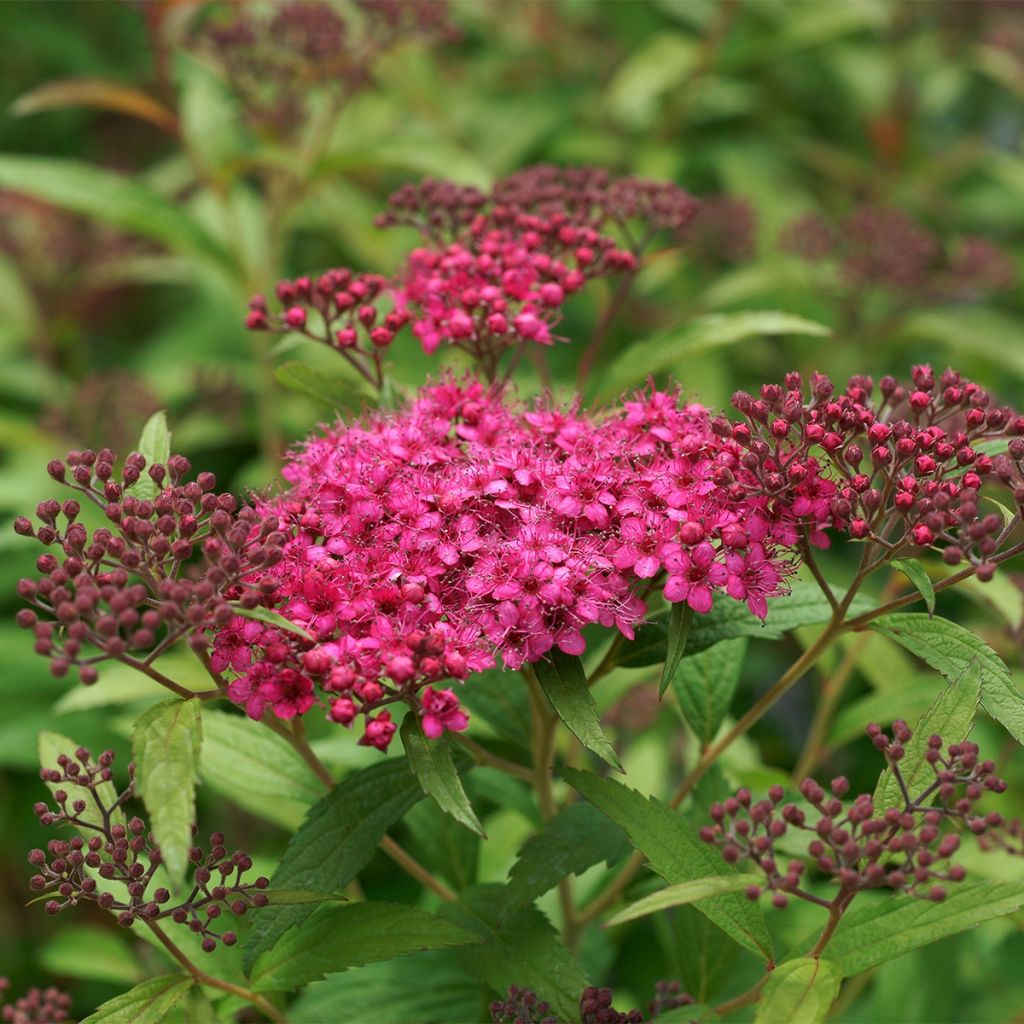

Spiraea japonica Neon Flash
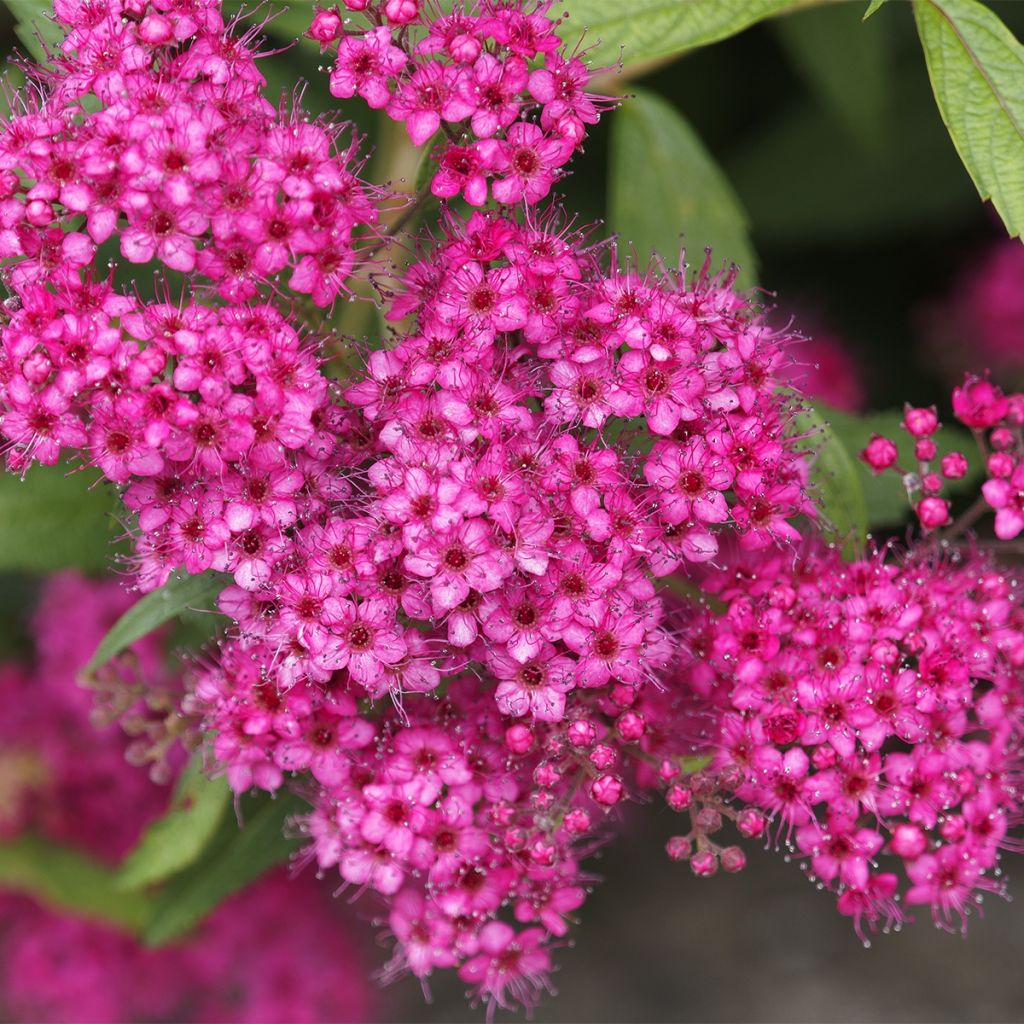

Spiraea japonica Neon Flash
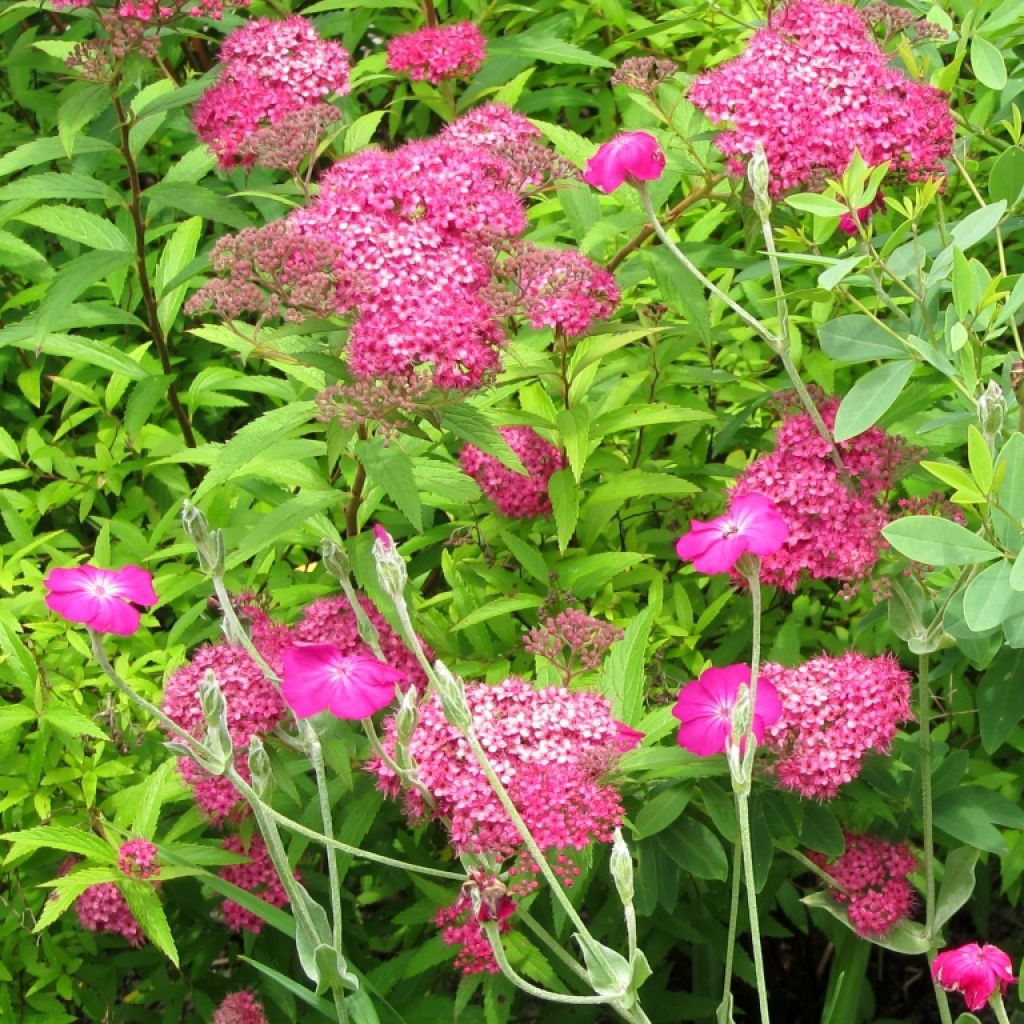

Spiraea japonica Neon Flash
Spiraea japonica Neon Flash
Spiraea japonica Neon Flash
Japanese Spiraea, Japanese Meadowsweet
Why not try an alternative variety in stock?
View all →Order in the next for dispatch today!
Dispatch by letter from €3.90.
Delivery charge from €5.90 Oversize package delivery charge from €6.90.
More information
This item is not available in your country.
Schedule delivery date,
and select date in basket
This plant carries a 24 months recovery warranty
More information
We guarantee the quality of our plants for a full growing cycle, and will replace at our expense any plant that fails to recover under normal climatic and planting conditions.
From €5.90 for pickup delivery and €6.90 for home delivery
Express home delivery from €8.90.
Does this plant fit my garden?
Set up your Plantfit profile →
Description
Spiraea japonica 'Neon Flash' is a variety of Japanese spiraea of medium size, with changing foliage, adorned with pretty bright pink flowering in summer, reblooming in autumn. Its young shoots, tinged with purple when they open, turn green in summer under large corymbs of deep pink, and then take on beautiful autumnal shades of coppery red to burgundy. Compact and vivacious, this bush has its place in small gardens as well as in larger spaces, in borders or low beds. It also adapts well to container cultivation.
The Japanese Spiraea 'Neon Flash' is a member of the large and important Rosaceae family, which provides us with so many ornamental species (roses of course, but also Photinia, Cotoneaster, Amelanchier) as well as most of our temperate climate fruit trees (pear, apple, cherry, peach, apricot and plum). This bush is a cultivar derived from Spiraea japonica (synonym Spiraea x bumalda or Spiraea callosa), native to eastern and central China as well as Japan. The growth of Neon Flash is quite fast and its adult size will be about 1 to 1.20 m (3 to 4 feet) in all directions. Forming a small bush with a rounded and compact habit, this variety has colourful foliage in changing hues, consisting of small oblong and dentate leaves. Fairly dark green in summer, this foliage turns purple in spring with the emergence of new shoots, and again turns purple to burgundy in autumn. The flowers appear in June-July and then rebloom in waves until September. They are grouped in terminal corymbs of a beautiful deep and vivid pink, hence its name 'Neon Flash'. It is in some way an improvement on the famous 'Anthony Waterer', a star of the 80s. This extended flowering attracts numerous butterflies, bees, and bumblebees.
Japanese Spiraea adapts to all climates and soils, but dislikes scorching sun or overly arid situations. Very hardy, it can withstand temperatures of -25 to -30 °C without flinching in well-drained soil.
With its bushy habit, 'Neon Flash' spiraea is ideal as a low hedge, to form the framework of a perennial bed, mixed with other shrubs, or in large borders. For a carefree look, combine it with other easy plants like Weigelas or Potentillas that will provide you with months of abundant flowers. For a stunning colour contrast over several months, plant Nepeta faassenii Cat's Pajamas at its base, a very floriferous catmint that is covered in indigo blue flowers. If you prefer softer combinations, pair it with Hibiscus syriacus Totus Albus, a Hibiscus with large double pure white flowers in summer.
Spiraea japonica Neon Flash in pictures
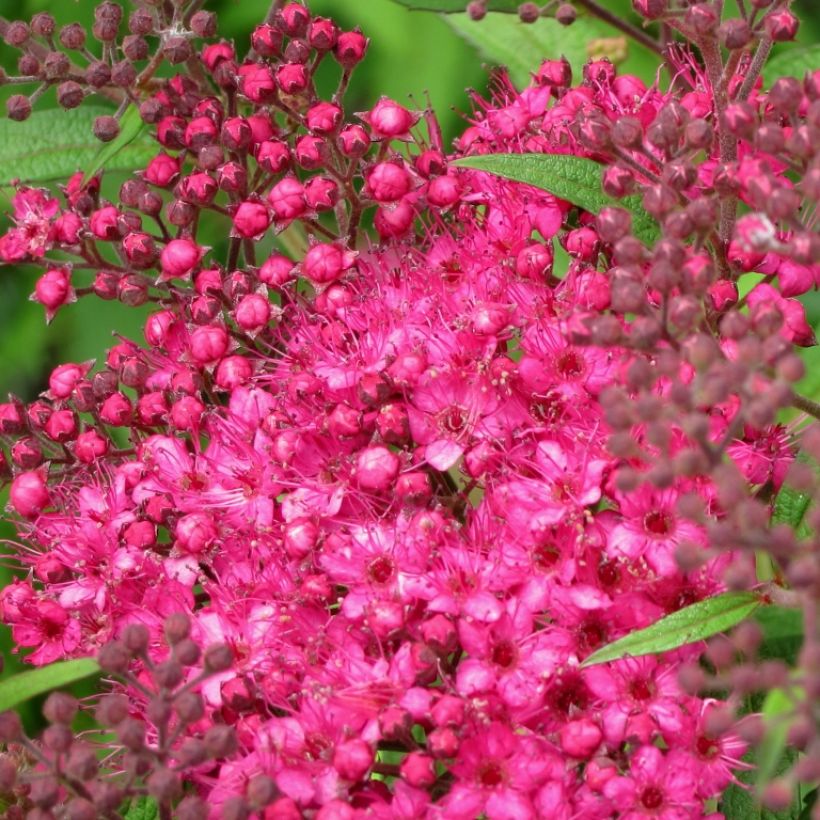

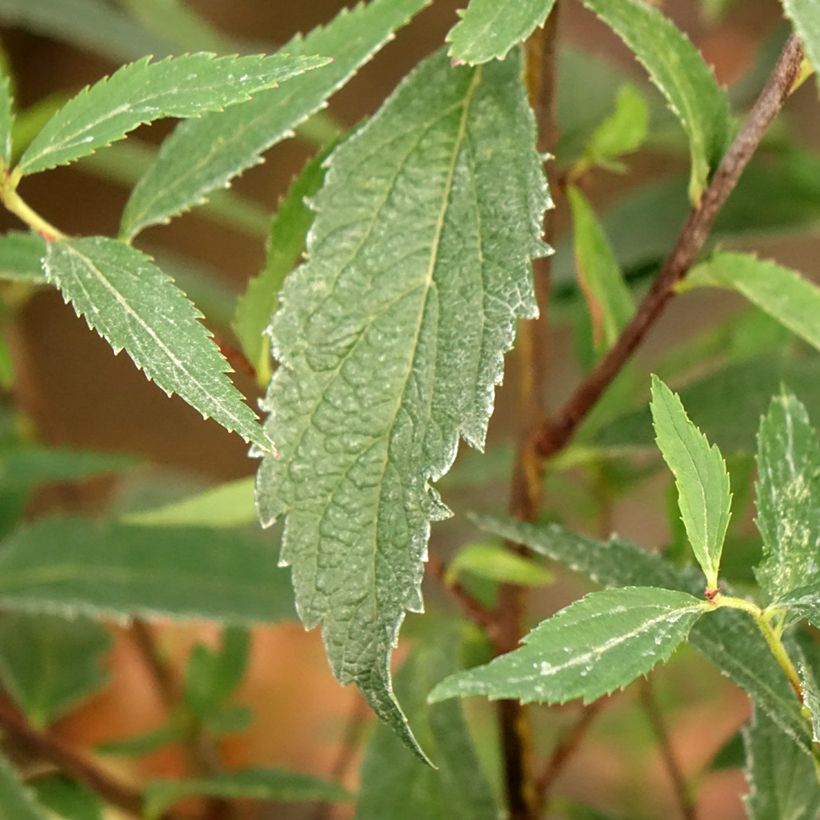

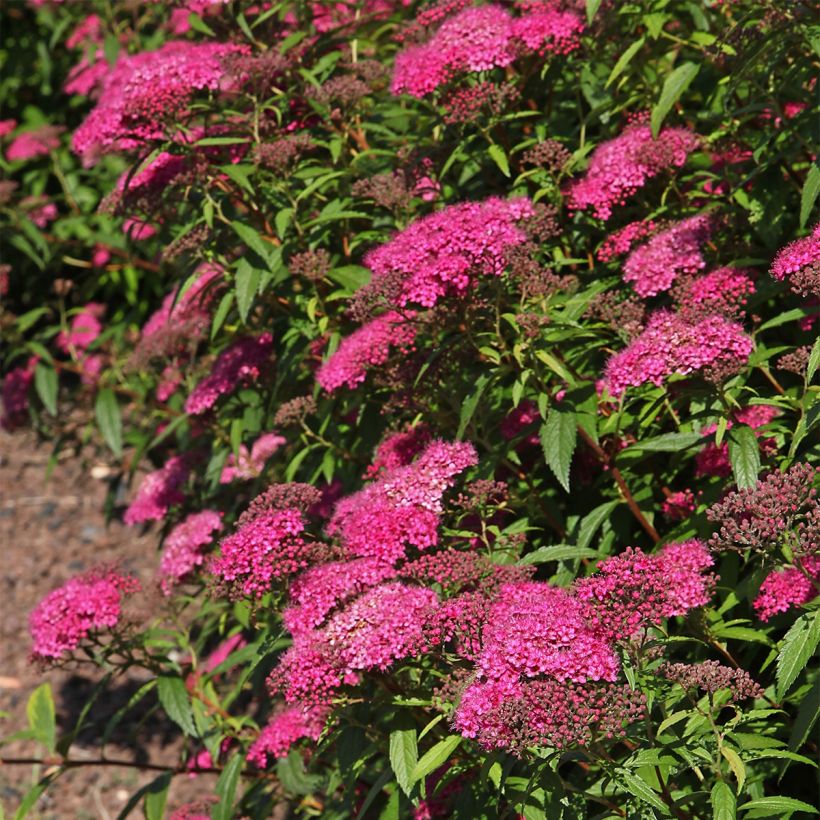

Plant habit
Flowering
Foliage
Botanical data
Spiraea
japonica
Neon Flash
Rosaceae
Japanese Spiraea, Japanese Meadowsweet
Cultivar or hybrid
Planting and care
Plant Japanese Spiraea 'Neon Flash' in any soil that is not too dry, rather fertile, well-drained, preferably in the sun, although it can tolerate partial shade. It grows in neutral, acidic, or even slightly alkaline soil. Water well in the first year. Prune in February-March to 10 - 15 cm (4 - 6in) from the ground: late winter pruning is essential for beautiful flowering. Japanese Spiraea are repeat flowering plants: to encourage a second flush it is important to lightly prune the plant or remove faded flowers to promote a late summer/early autumn rebloom. This plant flowers on the current year's shoots. To maintain the plant's vigour it is also important to remove old branches at the base in spring. Apply a complete fertiliser in March. Plant out the stems, preferably in autumn and winter, leaving a spacing of 90 cm (35in).
Planting period
Intended location
Care
This item has not been reviewed yet - be the first to leave a review about it.
Haven't found what you were looking for?
Hardiness is the lowest winter temperature a plant can endure without suffering serious damage or even dying. However, hardiness is affected by location (a sheltered area, such as a patio), protection (winter cover) and soil type (hardiness is improved by well-drained soil).

Photo Sharing Terms & Conditions
In order to encourage gardeners to interact and share their experiences, Promesse de fleurs offers various media enabling content to be uploaded onto its Site - in particular via the ‘Photo sharing’ module.
The User agrees to refrain from:
- Posting any content that is illegal, prejudicial, insulting, racist, inciteful to hatred, revisionist, contrary to public decency, that infringes on privacy or on the privacy rights of third parties, in particular the publicity rights of persons and goods, intellectual property rights, or the right to privacy.
- Submitting content on behalf of a third party;
- Impersonate the identity of a third party and/or publish any personal information about a third party;
In general, the User undertakes to refrain from any unethical behaviour.
All Content (in particular text, comments, files, images, photos, videos, creative works, etc.), which may be subject to property or intellectual property rights, image or other private rights, shall remain the property of the User, subject to the limited rights granted by the terms of the licence granted by Promesse de fleurs as stated below. Users are at liberty to publish or not to publish such Content on the Site, notably via the ‘Photo Sharing’ facility, and accept that this Content shall be made public and freely accessible, notably on the Internet.
Users further acknowledge, undertake to have ,and guarantee that they hold all necessary rights and permissions to publish such material on the Site, in particular with regard to the legislation in force pertaining to any privacy, property, intellectual property, image, or contractual rights, or rights of any other nature. By publishing such Content on the Site, Users acknowledge accepting full liability as publishers of the Content within the meaning of the law, and grant Promesse de fleurs, free of charge, an inclusive, worldwide licence for the said Content for the entire duration of its publication, including all reproduction, representation, up/downloading, displaying, performing, transmission, and storage rights.
Users also grant permission for their name to be linked to the Content and accept that this link may not always be made available.
By engaging in posting material, Users consent to their Content becoming automatically accessible on the Internet, in particular on other sites and/or blogs and/or web pages of the Promesse de fleurs site, including in particular social pages and the Promesse de fleurs catalogue.
Users may secure the removal of entrusted content free of charge by issuing a simple request via our contact form.
The flowering period indicated on our website applies to countries and regions located in USDA zone 8 (France, the United Kingdom, Ireland, the Netherlands, etc.)
It will vary according to where you live:
- In zones 9 to 10 (Italy, Spain, Greece, etc.), flowering will occur about 2 to 4 weeks earlier.
- In zones 6 to 7 (Germany, Poland, Slovenia, and lower mountainous regions), flowering will be delayed by 2 to 3 weeks.
- In zone 5 (Central Europe, Scandinavia), blooming will be delayed by 3 to 5 weeks.
In temperate climates, pruning of spring-flowering shrubs (forsythia, spireas, etc.) should be done just after flowering.
Pruning of summer-flowering shrubs (Indian Lilac, Perovskia, etc.) can be done in winter or spring.
In cold regions as well as with frost-sensitive plants, avoid pruning too early when severe frosts may still occur.
The planting period indicated on our website applies to countries and regions located in USDA zone 8 (France, United Kingdom, Ireland, Netherlands).
It will vary according to where you live:
- In Mediterranean zones (Marseille, Madrid, Milan, etc.), autumn and winter are the best planting periods.
- In continental zones (Strasbourg, Munich, Vienna, etc.), delay planting by 2 to 3 weeks in spring and bring it forward by 2 to 4 weeks in autumn.
- In mountainous regions (the Alps, Pyrenees, Carpathians, etc.), it is best to plant in late spring (May-June) or late summer (August-September).
The harvesting period indicated on our website applies to countries and regions in USDA zone 8 (France, England, Ireland, the Netherlands).
In colder areas (Scandinavia, Poland, Austria...) fruit and vegetable harvests are likely to be delayed by 3-4 weeks.
In warmer areas (Italy, Spain, Greece, etc.), harvesting will probably take place earlier, depending on weather conditions.
The sowing periods indicated on our website apply to countries and regions within USDA Zone 8 (France, UK, Ireland, Netherlands).
In colder areas (Scandinavia, Poland, Austria...), delay any outdoor sowing by 3-4 weeks, or sow under glass.
In warmer climes (Italy, Spain, Greece, etc.), bring outdoor sowing forward by a few weeks.
